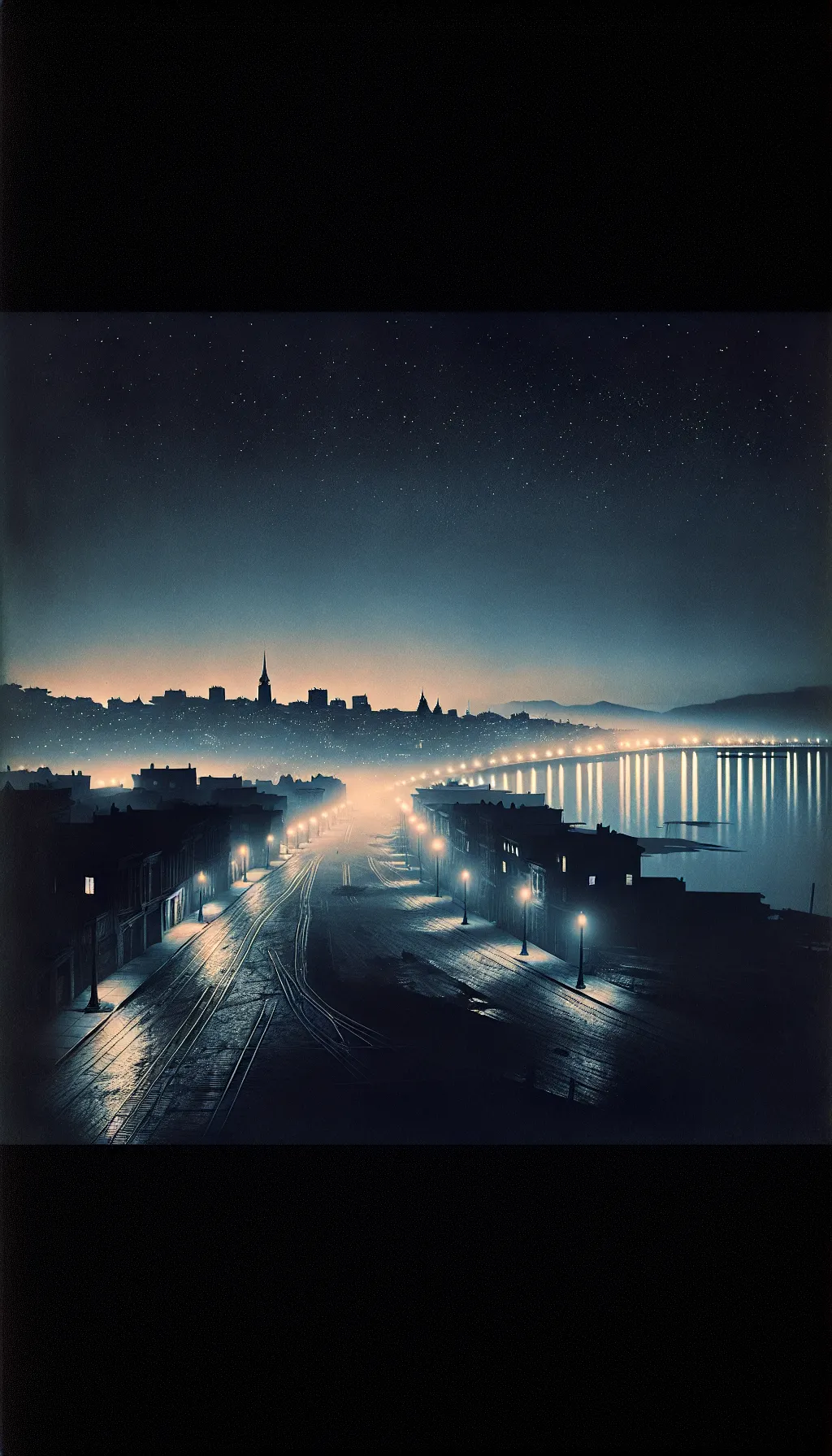United States – The Day the Earth Shook: San Francisco, 1906
TLDR;
- Event: On April 18, 1906, a devastating 7.9 magnitude earthquake struck San Francisco, followed by massive fires that lasted three days.
- Impact: The disaster destroyed over 80% of the city, killed approximately 3,400–4,000 people, and left 225,000 homeless.
- Response: The tragedy spurred advancements in seismic science and urban planning, including the founding of the Seismological Society of America.
- Legacy: San Francisco’s rapid rebuilding showcased human resilience, though the event remains a stark reminder of nature’s destructive power.
–
–
Story
In the pre-dawn darkness of April 18, 1906, San Francisco lay silent, unaware of the impending catastrophe. At precisely 5:12 a.m., the earth beneath the city roared to life, unleashing a seismic force that would forever alter the landscape and the lives of its inhabitants.

The earthquake, with an estimated magnitude of 7.9 on the moment magnitude scale (Mw), ripped through the city, toppling buildings and tearing apart streets. The ground shook violently for about 45–60 seconds, but the true horror was yet to come.
As the dust settled, fires ignited, fueled by ruptured gas lines and exacerbated by the city’s wooden structures. Flames leapt from building to building, creating an inferno that raged for three days.
San Francisco, a bustling hub of commerce and culture, was reduced to smoldering ruins. Over 80% of the city was damaged, with fires burning over 500 city blocks. The disaster left around 3,400–4,000 people dead, with many deaths unrecorded, especially in Chinatown. Approximately 225,000 people were left homeless, forcing them to seek refuge in makeshift camps.
The 1906 earthquake was a turning point in seismic science and urban planning. It led to the formation of the Seismological Society of America and improved fault studies, though modern seismic building codes were not widely adopted until much later. The resilience of San Francisco’s citizens, who rebuilt their city from the ashes, stands as a testament to human determination and ingenuity.
The scars of that day remain etched in the city’s history, a reminder of nature’s unpredictable power and the enduring spirit of those who faced it.
–
| Would a different approach to urban planning have changed the outcome of the 1906 San Francisco earthquake? |